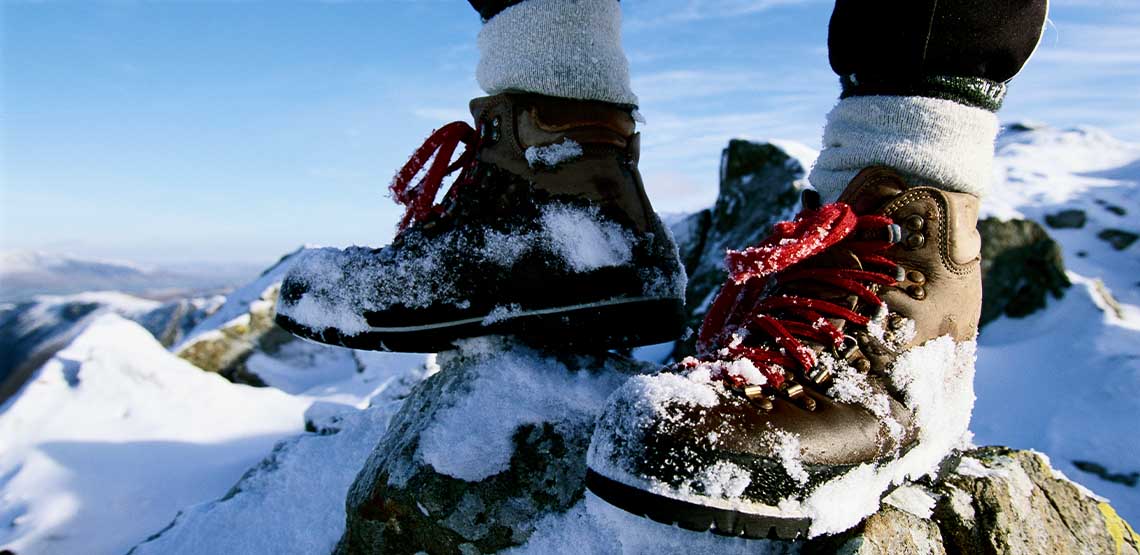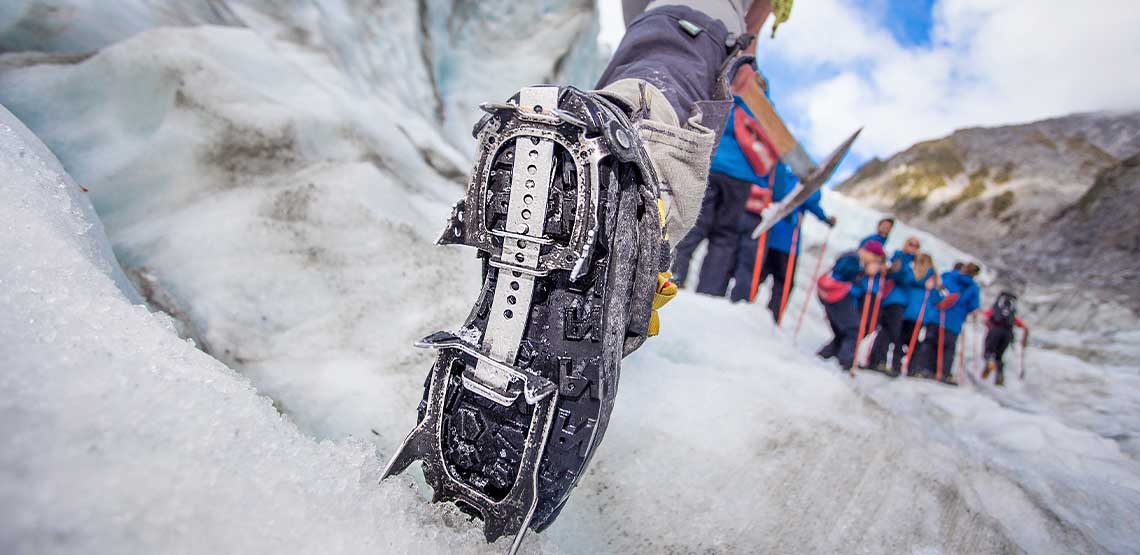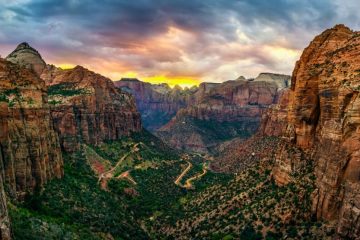Winter Hiking Boots Will Help You Crush Your Snowy, Uphill Climb
How to Choose the Right Winter Hiking Boots for Your Snowy Adventures
There’s a saying where I’m from in Canada that goes, “There’s no such thing as bad weather, only unsuitable clothing.”
In other words, snow and cold should never stop you from enjoying the great outdoors. As long as you have the right gear, such as winter hiking boots, you can go on outdoor adventures even when the temperature drops below zero. If you get cold, that simply means you’re not dressed for it.
One of the most important items you’ll need for winter expeditions is a good pair of boots. Nothing will ruin your big day outdoors faster than cold, wet feet. Without proper foot protection, you will not only be uncomfortable but (depending on the temperature) you might risk frostbite to your toes.
The right pair of winter hiking boots will allow you to hike for miles in a winter landscape while staying warm, dry, and comfortable. In this article, we’ll look into the important features you should be looking for when choosing winter boots.
The Benefits of Hiking in the Winter
What are some of the advantages of hiking during the colder months? Here are a few of the perks of walking in a winter wonderland:
- Hiking on snow is a lot more challenging than a typical walk, due to the unevenness of the terrain. This will give you more of a workout and cause you to burn more calories on your hike.
- The snow will allow you to spot animal tracks and perhaps see more wildlife.
- Usually the trails will be less busy in the winter, as fewer people tend to hike when the weather is cold.
- The air feels even more refreshing when it’s crisp and chilly.
- The winter scenery can be incredibly beautiful. Sparkling snow, bright blue skies, icicles forming on the trees… it’s like walking into a Christmas card.
- When you’re finished your hike, you can curl up inside with a warm mug of hot chocolate!
Winter Hiking Boots: A Trekking Essential
Winter hiking boots are different than the boots you might already have for hiking in the summer. Your summer hiking shoes will be designed for breathability, while your winter hiking boots should be waterproof and insulated to protect your feet from the snow and rain.
It’s worth investing a bit of money into a good quality hiking boot for your winter treks. A well-made boot will be more comfortable and will also last longer, meaning that you can wear it for multiple winters!
A little bit of rain shouldn't ruin your vacation of a lifetime! Keep these things to do on a rainy day in mind next time you are in a tropical location.
What to Look for in a Winter Hiking Boot
Style
The best style for winter hiking boots is a boot that offers support for your ankles, which will help you when hiking on uneven trails. Your boots should also have laces, so you can fit them snugly to your feet. A good hiking boot will also have a sole that has plenty of grip, so you don’t slip on the icy trails.
Also, look for boots that are insulated so that your feet will stay warm in the cold. One of the best insulating materials used in winter hiking boots is Thinsulate, because it provides warmth without being too bulky. A good pair of winter hiking boots should have at least 400 to 800 grams of insulation.
Also, make sure your boots are roomy enough so that you can wear thick, warm socks and still fit the boots overtop of them.
Features
A great feature to look for on a winter hiking boot is a gusseted tongue. It is similar to a regular boot tongue, but the sides are closed and sewn to the side of the boot. This prevents water from leaking into your boot when you step in puddles.
Something else to consider when it comes to the features of your winter hiking boots is whether they are compatible with snowshoes. In very deep snow, using snowshoes can be the best way to get around. Look for an attachment point in the heel of the boots that will allow you to clip the snowshoes on.
Material
Winter boots should be made of a waterproof material, so they will keep your feet dry. You might think leather is the best material for this because of its waterproof nature. However, your boots should be able to breathe while you hike as well, and leather boots are not the most breathable option.
Look for boots with a Gore-Tex inner lining to keep your feet dry. The part of the shoe around your foot should be rubber, to give you good grip on snow and ice. The upper part of the boots can be leather, but it’s better to look for a waterproof synthetic, such as nylon.
Other Important Winter Hiking Supplies
What else should you bring with you on your winter hike?
Here are some essentials you’ll want to have when you hit the trail:
- Warm socks, and merino wool is an ideal material because it holds warmth well and will also protect your skin from moisture.
- A fleece or wool hat to keep your ears warm.
- Waterproof mitts or gloves with insulated liners.
- A waterproof and windproof jacket with a hood.
- A fleece jacket or pullover to wear under the jacket for insulation.
- Pants that are waterproof and windproof.
- A water bottle.
- A scarf or a balaclava to keep your neck and face warm.
- Snow goggles if it’s windy or snowy.
- A small first-aid kit.
- Sunscreen (you can still get a sunburn even in the winter! The sun can reflect off the snow and onto your face).
- Snacks to keep your energy levels high, such as dried fruit, nuts and protein bars.
- A cell phone.
Consider bringing an extra pair of socks with you on a long hike, in case you want to change into fresh socks halfway through.
Now You’re Ready to Enjoy Your Winter Hike!
Don’t let snow and cold weather stop you from getting out there and going on a hike. With the right gear, you can get outside and enjoy the fresh, crisp cold air and gorgeous snowy landscapes. Have a great winter adventure!









